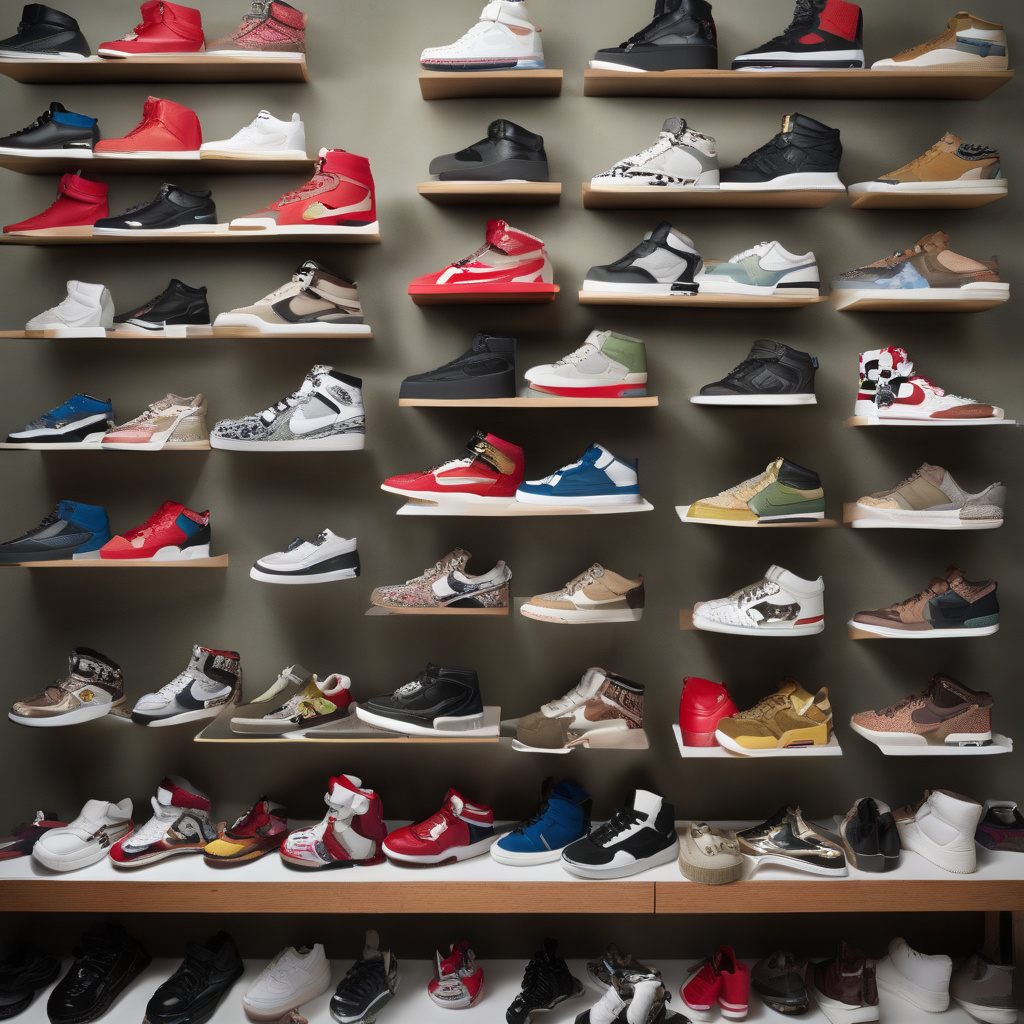The Future of Sneaker Resale Market: Navigating Post-Peak Prices
In the realm of fashion and streetwear, the sneaker resale market has been a lucrative and dynamic space where enthusiasts and investors alike have reaped significant profits. However, recent trends have shown a decline in the resale value of hyped shoes, sparking discussions about the sustainability and future trajectory of this once-booming sector.
The sneaker resale market, fueled by limited releases, exclusive collaborations, and high demand, reached its peak in recent years, with prices skyrocketing to unprecedented levels. Sneakerheads and resellers eagerly anticipated new drops, hoping to cash in on the hype and scarcity of coveted styles. Brands like Nike, Adidas, and Yeezy became synonymous with resale success, driving a thriving secondary market where prices often exceeded retail by multiple folds.
However, the landscape has shifted in recent months, with the value of hyped shoes experiencing a noticeable decline. The reasons behind this trend are multifaceted. One significant factor is market saturation, as the influx of new releases and restocks has diluted the exclusivity and desirability of certain models. Additionally, consumer priorities have evolved in the wake of the pandemic, with many individuals reallocating their discretionary spending towards experiences, sustainability, and other lifestyle choices.
Moreover, the rise of counterfeit goods and replica sneakers has also impacted the resale market, eroding consumer confidence and willingness to pay a premium for authentic products. The proliferation of online marketplaces and social media platforms has made it easier for counterfeiters to deceive unsuspecting buyers, further complicating the landscape for both consumers and legitimate resellers.
So, what does the future hold for the sneaker resale market after the peak prices? While some may view the current downturn as a temporary correction, others believe it signals a more significant shift in consumer behavior and market dynamics. Adapting to these changes will be crucial for players in the resale ecosystem, including resellers, platforms, and brands.
One potential avenue for navigating the post-peak landscape is to focus on building community and authenticity. Establishing trust and credibility within the sneaker community can differentiate legitimate sellers from counterfeiters and instill confidence in buyers. Emphasizing transparency, verification processes, and customer service can help maintain a loyal customer base and attract new enthusiasts to the market.
Furthermore, diversification and innovation will be key strategies for resilience in the evolving sneaker resale market. Exploring new categories, such as vintage sneakers, sustainable footwear, or emerging brands, can open up untapped opportunities for growth. Leveraging technology, such as blockchain for authentication or augmented reality for virtual try-ons, can enhance the customer experience and set businesses apart in a competitive landscape.
In conclusion, the recent decline in sneaker resale prices reflects a broader reevaluation of consumer values, market dynamics, and authenticity in the fashion industry. While challenges lie ahead, opportunities for reinvention and adaptation abound for those willing to embrace change and innovation. By staying attuned to consumer trends, investing in community-building, and exploring new frontiers, stakeholders in the sneaker resale market can carve out a sustainable path forward in a ever-changing landscape.
sneaker, resale market, post-peak, authenticity, innovation












